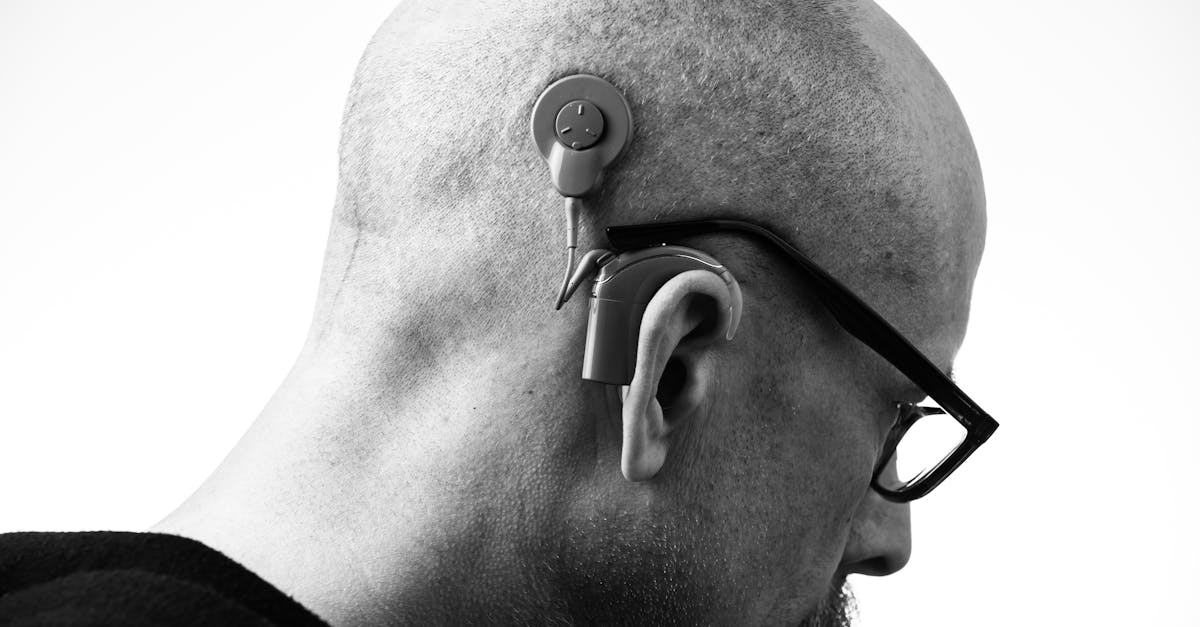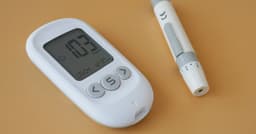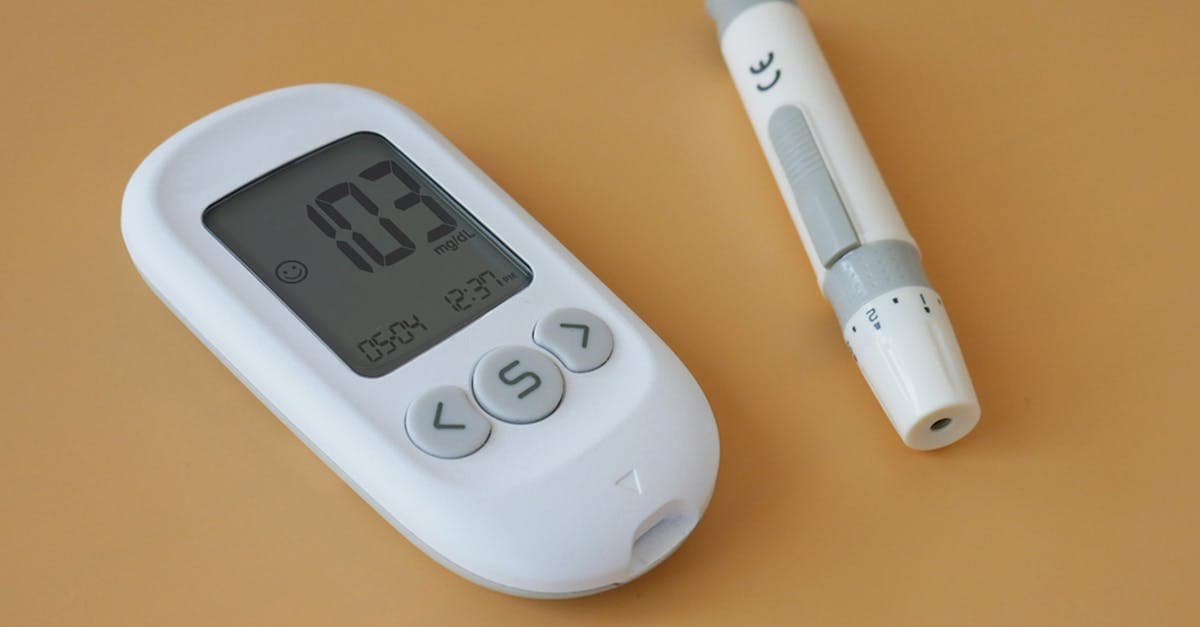Published on:
5 min read
Unlocking the World of Sound: The Comprehensive Guide to Hearing Aids
Hearing aids can significantly enhance the quality of life for individuals with hearing loss. In this guide, we explore the different types, technologies, and tips for choosing the right hearing aid to suit your needs.

Understanding Hearing Loss
Hearing loss affects millions of people worldwide, and it can range from mild to profound. It can be caused by various factors, including age, exposure to loud noises, and underlying health conditions. Understanding the type of hearing loss you or a loved one may experience is the first step in seeking help. There are generally three main types of hearing loss: conductive, sensorineural, and mixed. Each requires a different approach for treatment or management. Knowing your specific condition can help you communicate effectively with healthcare professionals and choose the most appropriate hearing aids.
Types of Hearing Aids
Hearing aids come in various types, each designed to address different levels of hearing loss and user preferences. The most common types include Behind-the-Ear (BTE), In-the-Ear (ITE), In-the-Canal (ITC), and Completely-in-Canal (CIC). BTE hearing aids are versatile and suitable for most types of hearing loss, while ITE models are custom-fitted and offer a balance of performance and aesthetics. ITC and CIC types are smaller and less visible, making them popular choices for those who prefer discretion. Matching the right type of hearing aid with your lifestyle and hearing needs is essential to achieving optimal sound quality.
Choosing the Right Features
Modern hearing aids are equipped with various features that can enhance user experience drastically. Features such as Bluetooth connectivity, noise reduction, and directional microphones can significantly improve auditory experiences in different environments. Bluetooth allows users to connect their hearing aids directly to smartphones and other devices, making it easier to stream calls, music, and more. Noise reduction features help filter out background sounds, providing clearer hearing in busy settings. When selecting a hearing aid, consider which features align with your daily life and specific hearing challenges to ensure maximum satisfaction.
Conclusion
Choosing the right hearing aid is a vital step in enhancing your auditory experience and improving overall quality of life. By understanding the types of hearing loss, the various options available, and the advanced technology features, you can make an informed decision that best suits your hearing needs. Remember, consulting with a hearing care professional is essential in navigating the array of choices available and finding the perfect match for your lifestyle.
Published on .
Share now!










